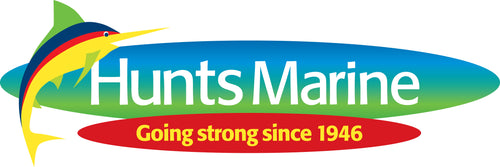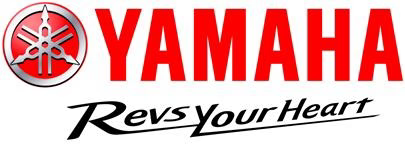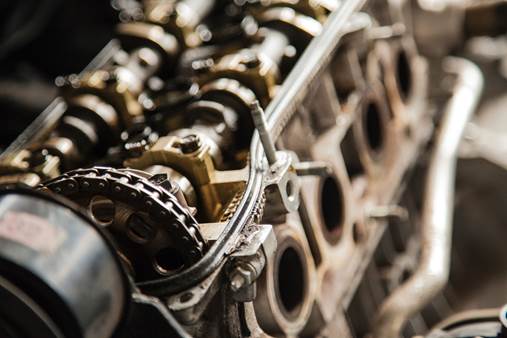
When it comes to powering a boat, systems generally fall into one of three categories: outboard, sterndrive or jet. What's the difference between these three kinds of propulsion? Does it even matter which your boat has?
Here's what makes each system unique, as well as a few tips to remember when deciding which to choose for your boat.
Outboard engines
Outboard motors are self-contained units, with everything needed to make the boat move combined all in one package. The motor sits on top in the powerhead, and the propeller is found at the bottom. The whole unit attaches to the boat at the transom and the steering wheel turns the entire outboard to direct thrust in the required direction.
Outboards have a number of advantages as a means for propulsion. They are incredibly fuel efficient - much of this is due to their excellent power-to-weight ratios, being far lighter than sterndrive and jet engines per pound of thrust. They also run relatively quiet too. If you're fishing or want to be able to converse with other boat members while cruising, an outboard might be the best option for you.
Finally, boats with outboard motors tend to have more floor space because the outboard motor is mounted on the transom. This means no engine parts need to be inside the boat (though floor space does of course vary according to the type of boat you're buying).
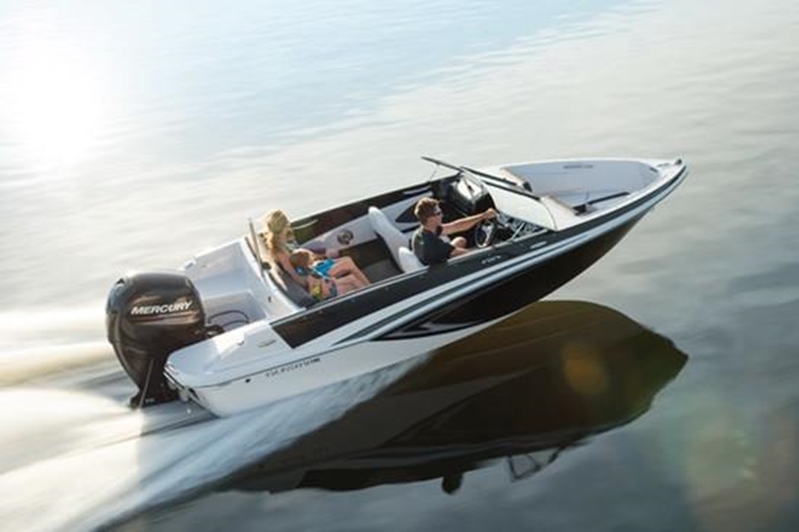
Sterndrive engines
While outboard motors are specifically designed for marine use, sterndrive motors are actually automotive engines adapted for use in boats. Instead of the motor driving the wheels of a car, it turns the boat's propeller. At the back on the exterior of the boat sits what is essentially the bottom half of an outboard engine - you can think of a sterndrive as being like an outboard if you took the motor from the gearcase and put it inside the boat's hull.
A sterndrive can be a good option for those that want a cleaner look to their boat. With the motor mounted inside the boat, there's no powerhead sticking up at the back of the boat. They can also be easier to swim off of if the boat has a swim platform out the back, like the boat pictured below.
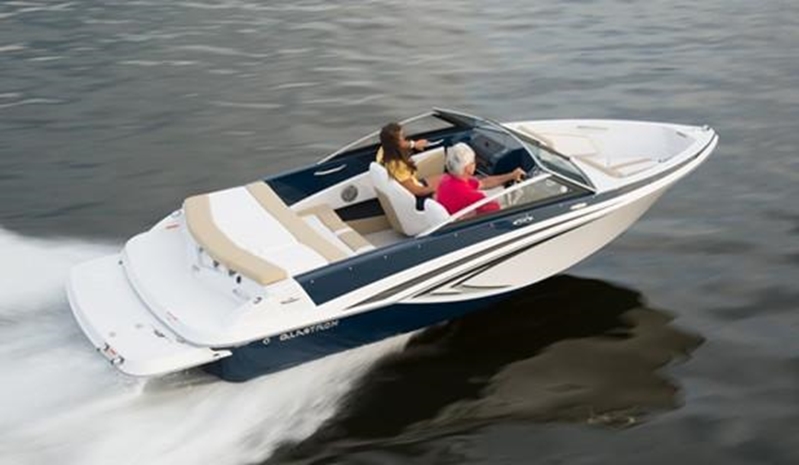
Jet engines
A jet propelled boat works a little differently from both outboard and sterndrive boats. Instead of a propeller turning the water and providing thrust, a jet stream of water is used to push the boat forward. The engine turns an impeller, which sucks water in and forces it out in a high pressured stream.
Jet powered boats are powerful and quick but they're also gas guzzlers and are usually very very loud. The major advantage, however, is that jet boats can tackle much shallower waters than both outboards and sterndrives, because there's no external propeller that can be damaged. If you like fishing on rivers with shallow patches, a jet boat might be the option for you.
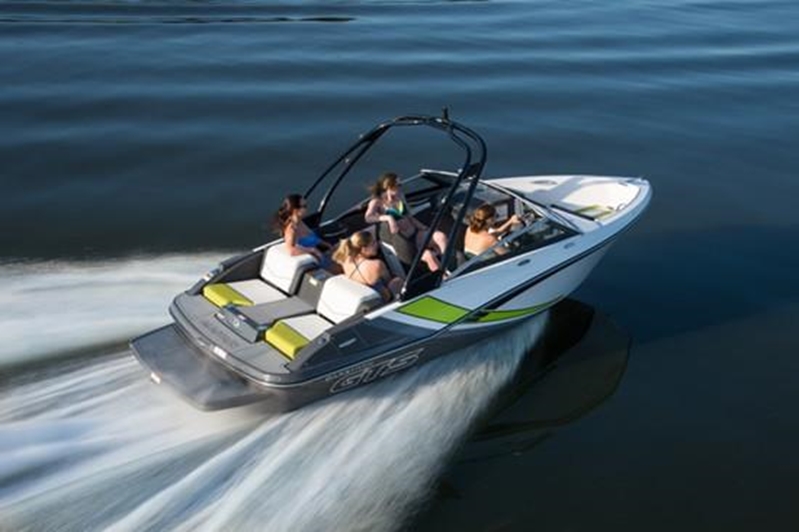
Remember, not all boats have every engine available
It's important for boat buyers to be aware that most boats don't have every engine option available. Hulls and other structural features are designed with specific kinds of engines in mind, so it's rare for a certain model of boat to have all three engine types available as an option. A boat designed for an outboard will have space on the transom for it, whereas a jet boat is going to have a large compartment for the engine and jet unit. Some models or hulls do come with different variations designed for different engines, but this is rare.
Key, then, is to not get too hung up on the kind of the engine the boat has. While the motor is an important factor, it's only one of many to consider when buying a boat. There is no 'best engine' type - it all depends on what you want from your boat.
Interested in learning more about what to look for in your next boat? Get in touch with the team at Hunts Marine for expert advice on what would be right for you.
